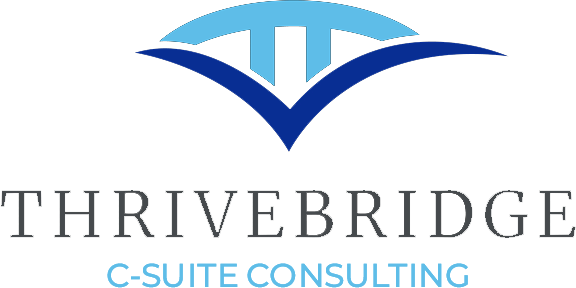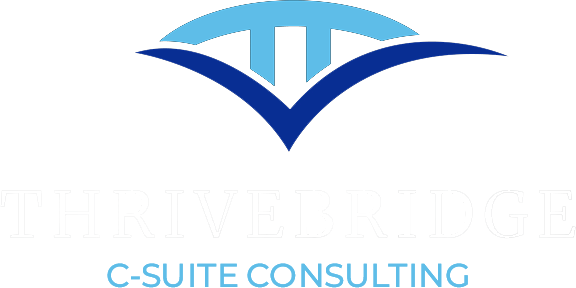In an era where trust is fragile and expectations are rising, the quality of a stakeholder’s experience—whether a patient, parent, student, or citizen—can determine the credibility of an entire institution. Yet too often, customer experience (CX) is relegated to the periphery of strategy, viewed as a frontline or communications issue rather than a leadership imperative.
That mindset is no longer viable.
For hospitals, school districts, and public agencies alike, customer experience must move from the margins to the mission. It’s not simply about politeness or branding—it’s about organizational alignment, operational clarity, and cultural integrity.
The Misconception: CX Belongs at the Front Desk
When leaders treat customer experience as a surface-level function, they limit its potential to drive meaningful change. In reality, every touchpoint—from intake forms to wait times to how feedback is handled—communicates something about institutional values and priorities. If service is fragmented, inconsistent, or slow, stakeholders lose confidence—not only in the process but in the leadership behind it.
Effective CX requires more than responsive staff. It demands intentional system design, cross-functional collaboration, and executive ownership.
What True CX Leadership Looks Like
At ThriveBridge, we believe customer experience is built—or broken—by systems, not scripts. Our work with public-facing institutions reveals three essential shifts:
- Journey Mapping as Strategic Insight
Journey mapping is not just a design exercise—it’s a diagnostic tool. We help leadership teams understand the complete arc of a stakeholder’s experience, from first contact to issue resolution. Mapping these pathways reveals where delays, miscommunication, or inefficiencies erode trust—and where leaders must intervene upstream.
- Empowering Staff Through System Design
Great service doesn’t happen by accident. It requires clear protocols, seamless handoffs, and role-based accountability. When frontline staff are supported by well-designed systems, they can deliver empathy and responsiveness without burning out. Conversely, when systems are broken, even the most dedicated employee struggles to meet expectations.
- Feedback Loops That Drive Decisions
Too many organizations collect data without using it. ThriveBridge helps institutions close the loop between stakeholder feedback and leadership action. Real-time insights enable course correction, build community trust, and reinforce that people’s voices matter. This is especially critical in public sector contexts, where transparency and trust are paramount.
CX as a Competitive Advantage
Customer experience is no longer a nicety—it’s a differentiator. Families choose schools based on how they’re treated during enrollment. Patients judge hospitals not only on outcomes but on how safe and seen they feel. Citizens assess agencies based on responsiveness and ease of access.
In every sector, experience drives perception—and perception shapes outcomes.
When leaders embed customer experience into core strategy, they signal that trust, clarity, and care are non-negotiables. They move from reactive to intentional, from fractured to unified.
ThriveBridge exists to make that transition possible.
Let’s move CX from the front desk to the C-suite—where it belongs.

